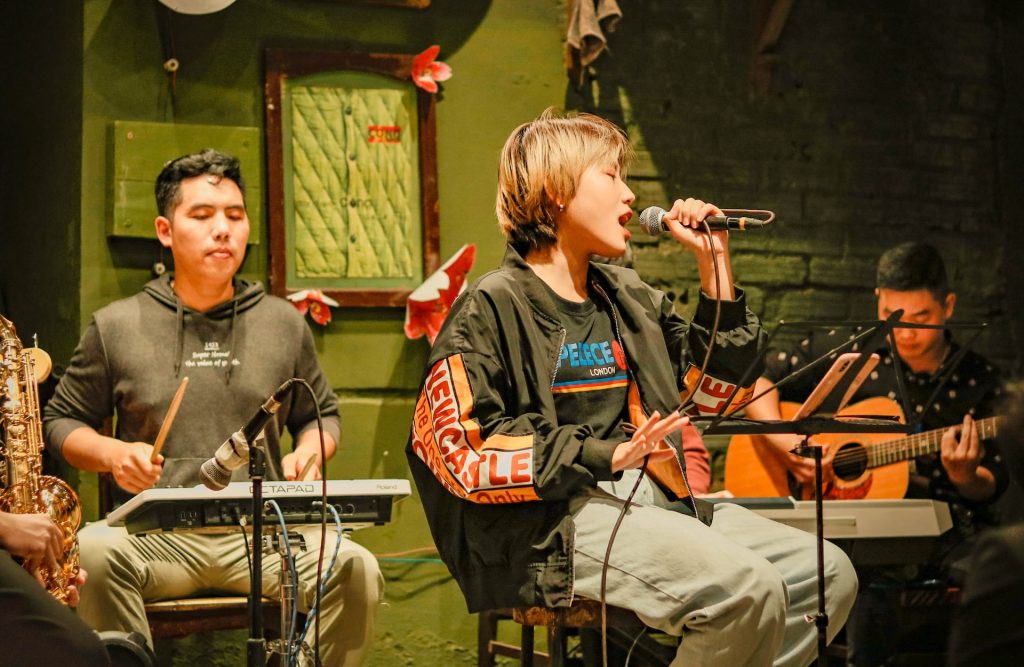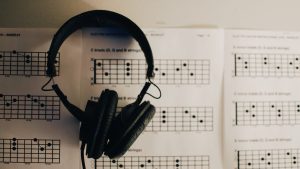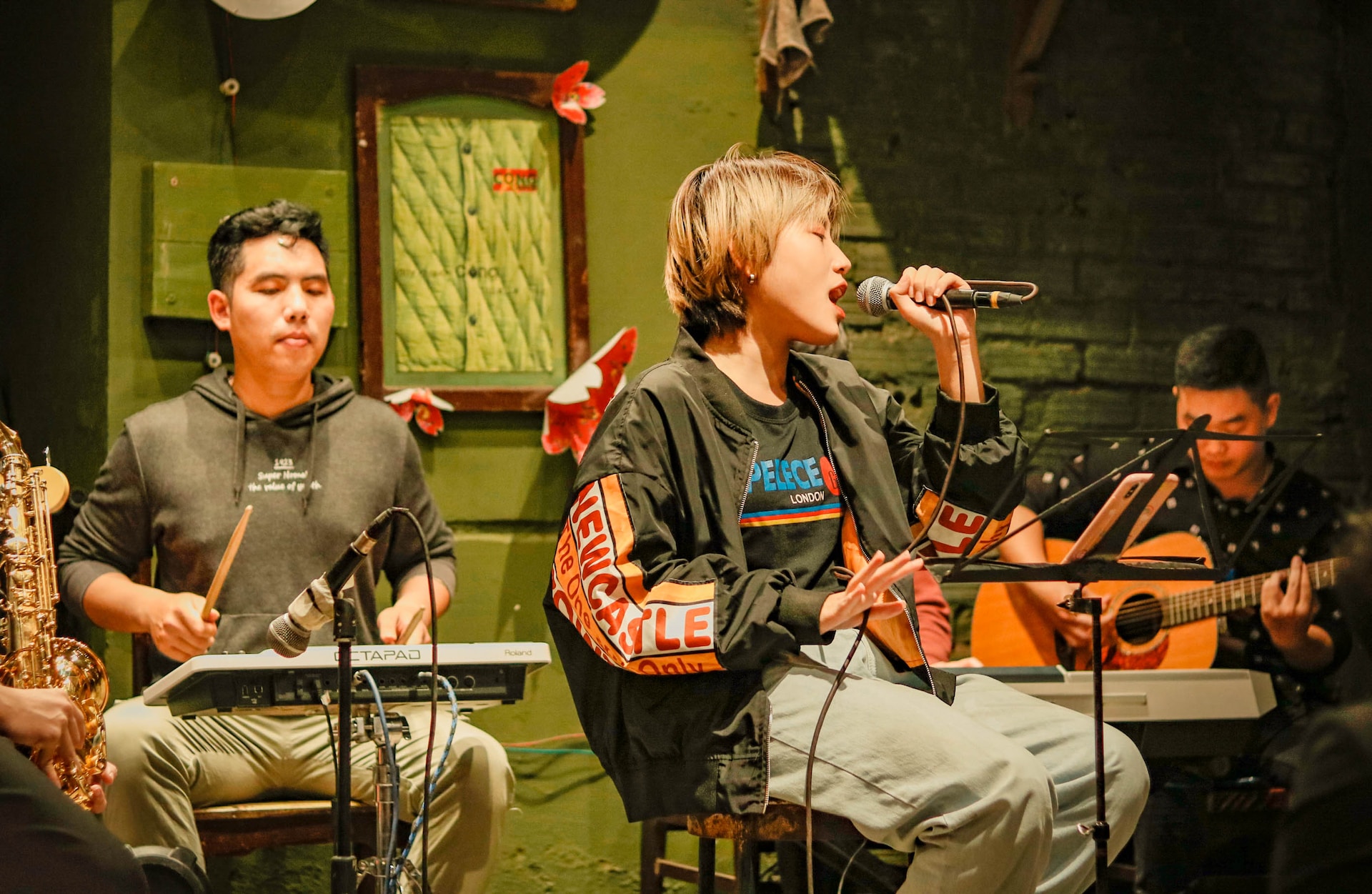First, we like music, we enjoy it, it makes us feel things, it makes us emotional, etc. Then, perhaps, we start to get interested in it. How does it work? What do I need to know to create my own music or songs?

Today we will talk about methodologies and different approaches related to teaching music. Let's get started.
Popular teaching methods in music
Over time, musicians and specialists have been interested in the best way to transmit musical knowledge and turn it into real skills. From different perspectives and each giving more or less importance to certain aspects of the musical phenomenon, different ways of approaching the study and learning of the elements that make up what we experience and recognize as music have been proposed. In music education, there are several methodologies and approaches that you can consider, each with its own philosophies and techniques. Here are some of them:
Suzuki Method: This method focuses on teaching music in the same way as learning a native language. It focuses on auditory learning, repetition, and parental involvement. It is very popular for teaching young children, especially for instruments such as the violin and piano.
Kodaly method: This approach is based on teaching music through singing and the use of rhythmic notation and relative solfeggio (do-re-mi). It encourages the development of listening and music reading skills from an early age.
Orff method: Focused on music education for children, this method uses percussion instruments, movement, singing, and games to teach musical concepts in an interactive and creative way.
Dalcroze Eurhythmics Method: This approach uses body movement to understand and feel music, fostering an intuitive understanding of rhythm, structure and musical expression.
Performance Based Teaching: This method focuses on musical practice and performance. It focuses on developing technical skills through regular practice of musical pieces and participation in recitals or performances.
Cooperative and Collaborative Learning: In this approach, students work in groups to learn and teach each other. This encourages communication, teamwork, and musical understanding from different perspectives.
Technology-Based Music Teaching: Uses software and apps to teach music theory, composition, and even instrumental practice. It is very relevant in the context of online classes.
Traditional or Classic Approach: This approach is more formal and focuses on reading sheet music, instrumental technique, and classical repertoire. Each of these methods has its strengths and may be better suited to different types of students or musical styles.

Specific exercises according to each method
But, to better understand each of these approaches, I will present some examples of classic exercises for each method:
Suzuki Method:
Imitation: The student listens to a piece played by the teacher and then imitates it.
Memorizing Repertoire: Learn pieces by heart from the beginning.
Listening Exercises: Listen to recordings of pieces to develop your musical ear.
Kodaly method:
Solfeggio Hand: Use hand gestures to represent different musical notes.
Rhythm exercises: Learn rhythms using rhythmic syllables (ta, ti-ti).
Folk Songs: Learn and analyze traditional songs to understand music theory.
Orff method:
Instrument Exploration: Play percussion instruments to experiment with different sounds.
Movement and Dance: Create body movements that accompany a piece of music.
Improvisation: Improvise rhythms and melodies in a group.
Dalcroze Eurhythmics Method:
Movement exercises: Move to the beat of the music to better understand timing and rhythm.
Rhythm Games: Use games to teach rhythmic concepts.
Movement Improvisation: Improvise movements that reflect the quality and structure of the music.
Performance Based Teaching:
Study of Pieces: Learn and practice specific pieces to develop technique.
Online Masterclasses: Conduct or participate in master classes to receive feedback.
Virtual Recitals: Prepare and deliver online presentations.
Cooperative and Collaborative Learning:
Study Groups: Form groups to discuss and practice together.
Group Projects: Work on musical arrangements or compositions as a group.
Discussions on Musical Analysis: Analyze musical pieces or concepts as a group.
Technology-Based Music Teaching:
Composition with Software: Use composition programs to create music.
Using Music Learning Apps: Apps for music theory, ear training or rhythm practice.
Recordings and Feedback: Record performances and use software to analyze and improve.
Traditional or Classic Approach:
Scale Practice and Technical Exercises: Daily routines of scales, arpeggios and studies.
Reading Scores: Focus on the ability to read music fluently.
Classical Repertoire Analysis: Study and play classical works, analyzing their structure and style. Each of these exercises helps develop specific skills depending on the focus of the teaching method.

Natural learning of music
From my perspective, a combination of the Suzuki Method, Kodály Method, Orff Method, and elements of Dalcroze Eurhythmics could be very effective for a natural learning of music that is playful and keeps the motivation going. Here I explain why:
Suzuki Method: It focuses on auditory learning and imitation, similar to how we learn our native language. This facilitates a more intuitive and natural approach to music. Additionally, it encourages family participation and support, which is motivating for younger students.
Kodaly method: Uses singing and solfeggio, accessible and fun tools to teach music theory and listening skills. The use of folk songs and games makes learning engaging and culturally enriching.
Orff method: Promotes creativity through improvisation and composition. Using percussion instruments and group activities makes learning an interactive and fun experience, which can significantly increase motivation.
Dalcroze Eurhythmics: It incorporates body movement, which can be very engaging and beneficial, especially for kinaesthetic learners. It helps students to feel the music physically, which can be a powerful and emotional way to connect with music. By combining these methods, different aspects of music learning can be addressed: Ear and musical intuition are developed through Suzuki and Kodály. Creativity and expression are encouraged with Orff and Dalcroze. Active participation and enjoyment are constant, helping to maintain motivation. This combination of methods can be adapted to different learning styles and ages, offering a well-rounded and flexible approach to music learning. Additionally, by integrating fun and play into music education, a positive and motivating learning environment is promoted.
Conclusions
Listen carefully, sing, improvise, write songs… Beyond the methods is each person’s personal experience, their own sensitivity, their preferred resources. We don’t need to know everything, but only what we need, what helps our voice to be heard in the world according to our taste and our purposes. That’s all. Start now or continue your journey. It’s worth it. I assure you. #mailpoet_form_3 .mailpoet_form { } #mailpoet_form_3 .mailpoet_column_with_background { padding: 10px; } #mailpoet_form_3 .mailpoet_form_column:not(:first-child) { margin-left: 20px; } #mailpoet_form_3 .mailpoet_paragraph { line-height: 20px; margin-bottom: 20px; } #mailpoet_form_3 .mailpoet_segment_label, #mailpoet_form_3 .mailpoet_text_label, #mailpoet_form_3 .mailpoet_textarea_label, #mailpoet_form_3 .mailpoet_select_label, #mailpoet_form_3 .mailpoet_radio_label, #mailpoet_form_3 .mailpoet_checkbox_label, 3 .mailpoet_list_label, #mailpoet_form_3 .mailpoet_date_label { display: block; font-weight: normal; } #mailpoet_form_3 .mailpoet_text, #mailpoet_form_3 .mailpoet_textarea, #mailpoet_form_3 .mailpoet_select, #mailpoet_form_3 .mailpoet_date_month, #mailpoet_form_3 .mailpoet_date_day, #mailpoet_form_3 .mailpoet_date_year, #mailpoet_form_3 .mailpoet_date { display :block; } #mailpoet_form_3 .mailpoet_text, #mailpoet_form_3 .mailpoet_textarea { width: 200px; } #mailpoet_form_3 .mailpoet_checkbox { } #mailpoet_form_3 .mailpoet_submit { } #mailpoet_form_3 .mailpoet_divider { } #mailpoet_form_3 .mailpoet_message { } #mailpoet_form_3 .mailpoet_form_loading { width: 30px; text-align: center; line-height: normal; } #mailpoet_form_3 .mailpoet_form_loading > span { width: 5px; height: 5px; background-color: #5b5b5b; }#mailpoet_form_3{border: 1px solid #fcb900;border-radius: 40px;text-align: center;}#mailpoet_form_3 form.mailpoet_form {padding: 20px;}#mailpoet_form_3{width: 70%;}#mailpoet_form_3 .mailpoet_message {margin: 0; padding: 0 20px;}#mailpoet_form_3 .mailpoet_paragraph.last {margin-bottom: 0} @media (max-width: 500px) {#mailpoet_form_3 {background-image: none;}} @media (min-width: 500px) {#mailpoet_form_3 .last .mailpoet_paragraph:last-child {margin-bottom: 0}} @media (max-width: 500px) {#mailpoet_form_3 .mailpoet_form_column:last-child .mailpoet_paragraph:last-child {margin-bottom: 0}} Please leave this field emptyDo you write songs or would you like to?
Email * I have read and accept the Privacy Policy With the Guide «The journey of a song» Gift Check your inbox or spam folder to confirm your subscription.

